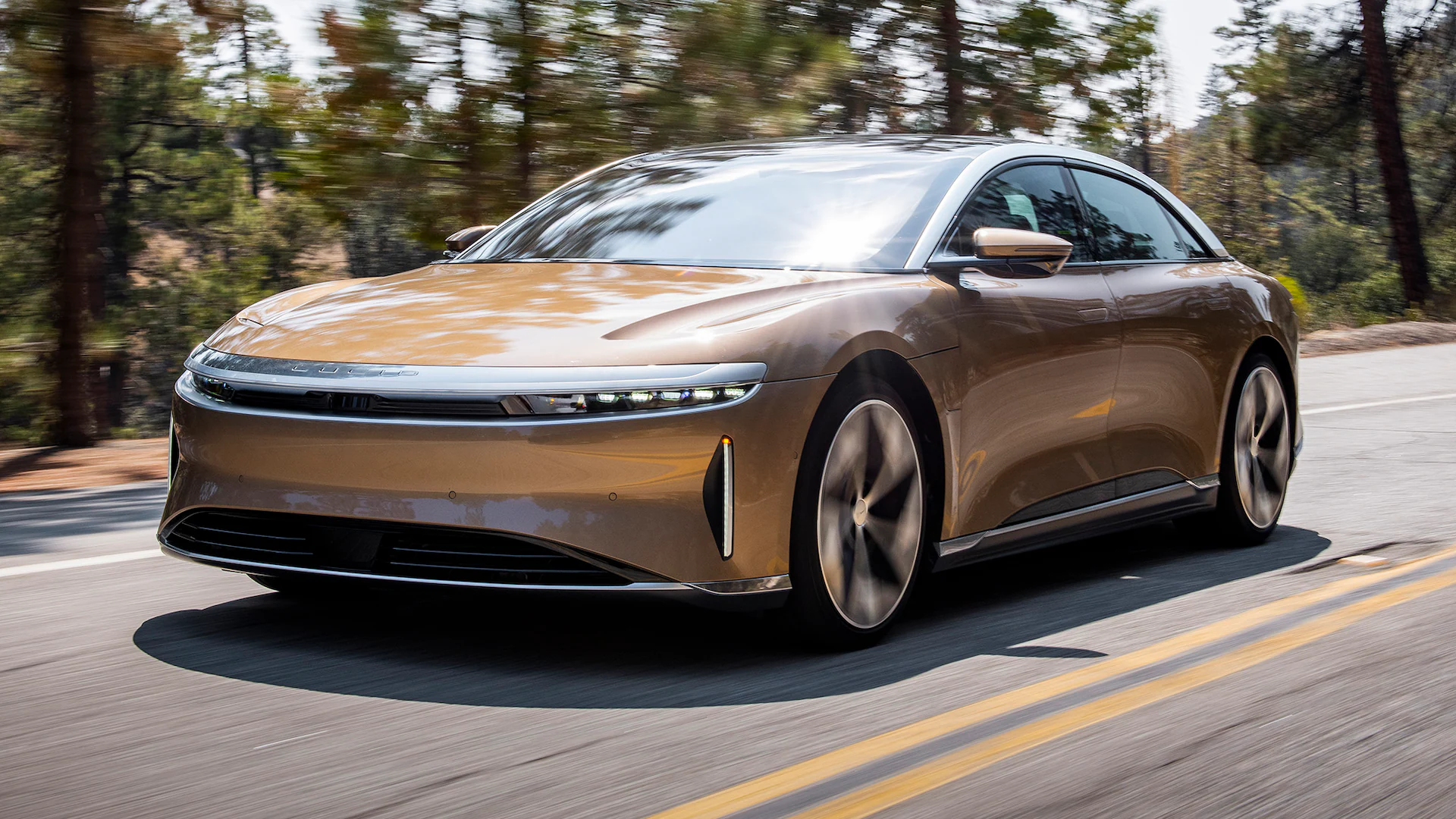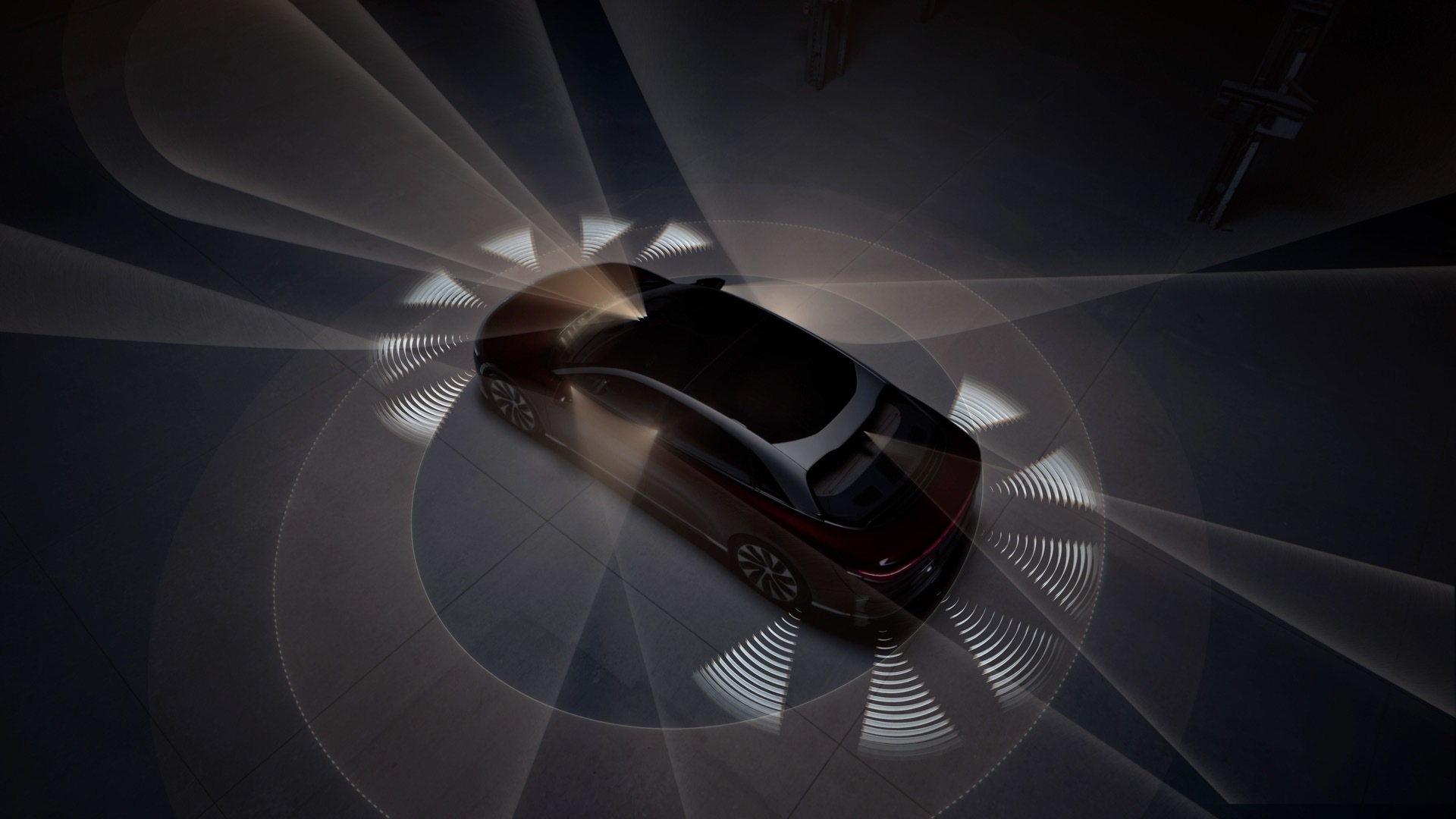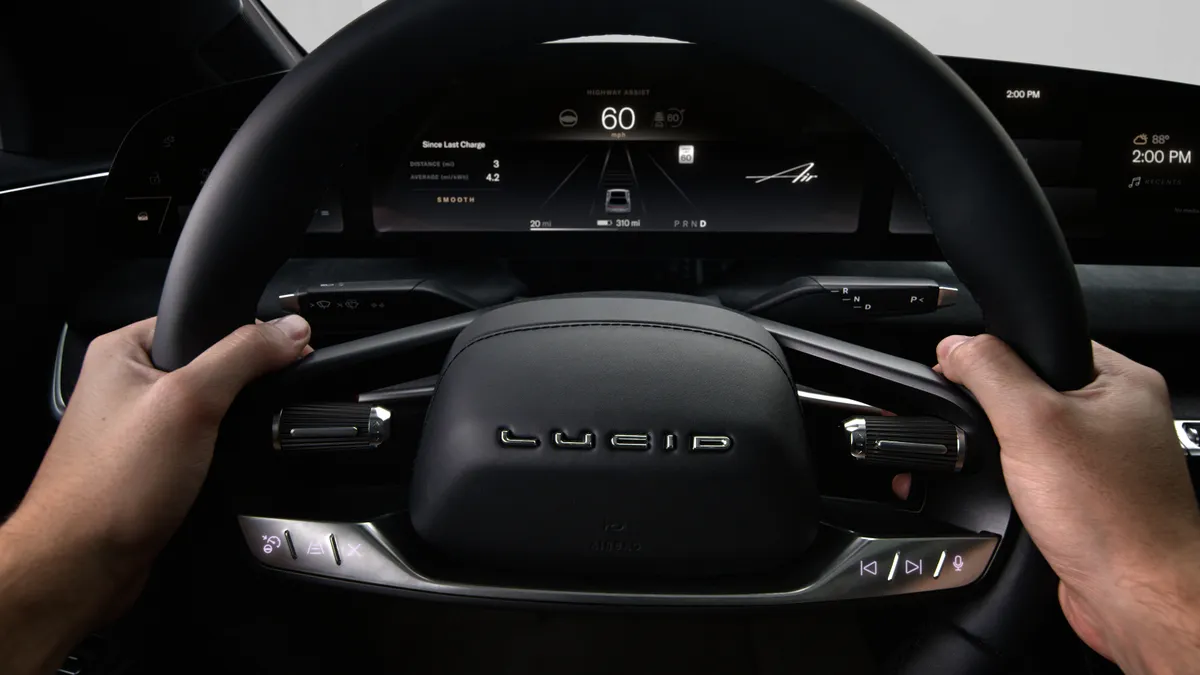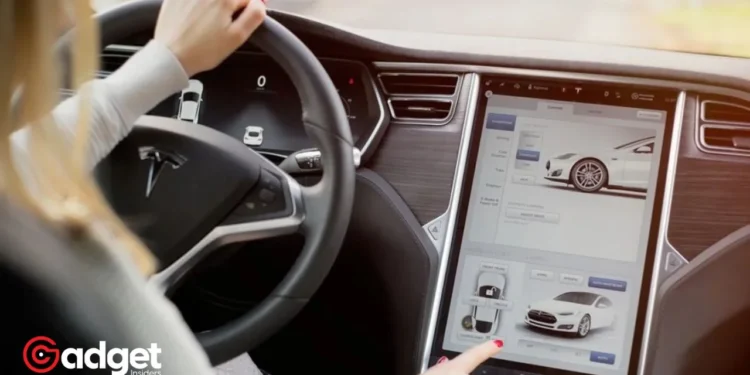Lucid dreamers are experimenting with Tesla to find out if it is possible to sleep while driving. In a world where the boundaries between reality and the ethereal blur, a groundbreaking experiment has emerged from the heart of California’s tech innovation scene. Lucid dreamers, individuals who possess the remarkable ability to control their dreams and acknowledge their dream state, have achieved something that sounds like it’s straight out of science fiction: driving Tesla cars while fast asleep.

The Science of Lucid Dreaming
Lucid dreaming has fascinated scholars, psychologists, and the curious-minded for centuries, evolving from a myth into a recognized phenomenon. Research indicates that approximately 55% of people will experience a lucid dream at least once in their lives. This unique state of dreaming, where the sleeper is fully aware and can manipulate the narrative of their dreams, has captivated the scientific community, leading to a deeper exploration of its potential.
A team from the California-based startup REMspace has taken this fascination to new heights, exploring the practical applications of lucid dreaming. Their focus? To investigate whether the state of dreaming can be harnessed to “solve work or personal tasks while sleeping,” a concept that challenges our traditional perceptions of productivity and rest.

The Tesla Dream Experiment
REMspace’s researchers embarked on an experiment with five experienced lucid dreamers to test the boundaries of dream control and interaction with technology. The findings were nothing short of spectacular. These dreamers were not only aware they were dreaming but could consciously navigate a virtual Tesla vehicle, demonstrating precise control over the car for durations ranging from a few seconds to several minutes.
Through the utilization of specialized apparatus, the individuals who took part in this research were able to move their hands and legs within the dream, and then translate those actions into the operation of a Cybertruck that was displayed on a computer screen.
In a dream state, they can navigate the car and avoid hazards, which demonstrates a level of two-way connection with technology that has never been seen before.
ThE 💥Tesla 💥" Lucid Dream Edition "💥💥💥… pic.twitter.com/VmQ6euPbAj
— ALicE WOnDeRLaND … CBK… (@5DAliceMachine) December 28, 2023
The Future of Dream Technology
Michael Raduga, the leader of this avant-garde experiment, sees this as the dawn of a new era in technological and human capabilities. “Two-way interaction with a computer from dreams opens up a whole area of new technologies,” he states, envisioning a future where our dreams extend our ability to interact with and control devices in the real world.
This experiment not only pushes the envelope in understanding lucid dreaming but also opens up possibilities for future applications. Imagine learning new skills, solving complex problems, or conducting tasks all while you sleep, effectively doubling your productivity or enhancing your learning capabilities.

Beyond Imagination: The Implications of Dream Control
The implications of REMspace’s experiment are vast, touching on psychological, technological, and philosophical realms. It challenges our notions of consciousness, the limitations of the human mind, and the potential for new forms of communication and interaction with the digital world.
As we stand on the brink of these discoveries, it’s clear that the exploration of lucid dreaming and its integration with technology could revolutionize not just how we work and learn, but how we perceive the capabilities of the human mind.
The journey into the realm of dream driving is just beginning, and the road ahead promises to be as intriguing as the dreams that fuel it.










